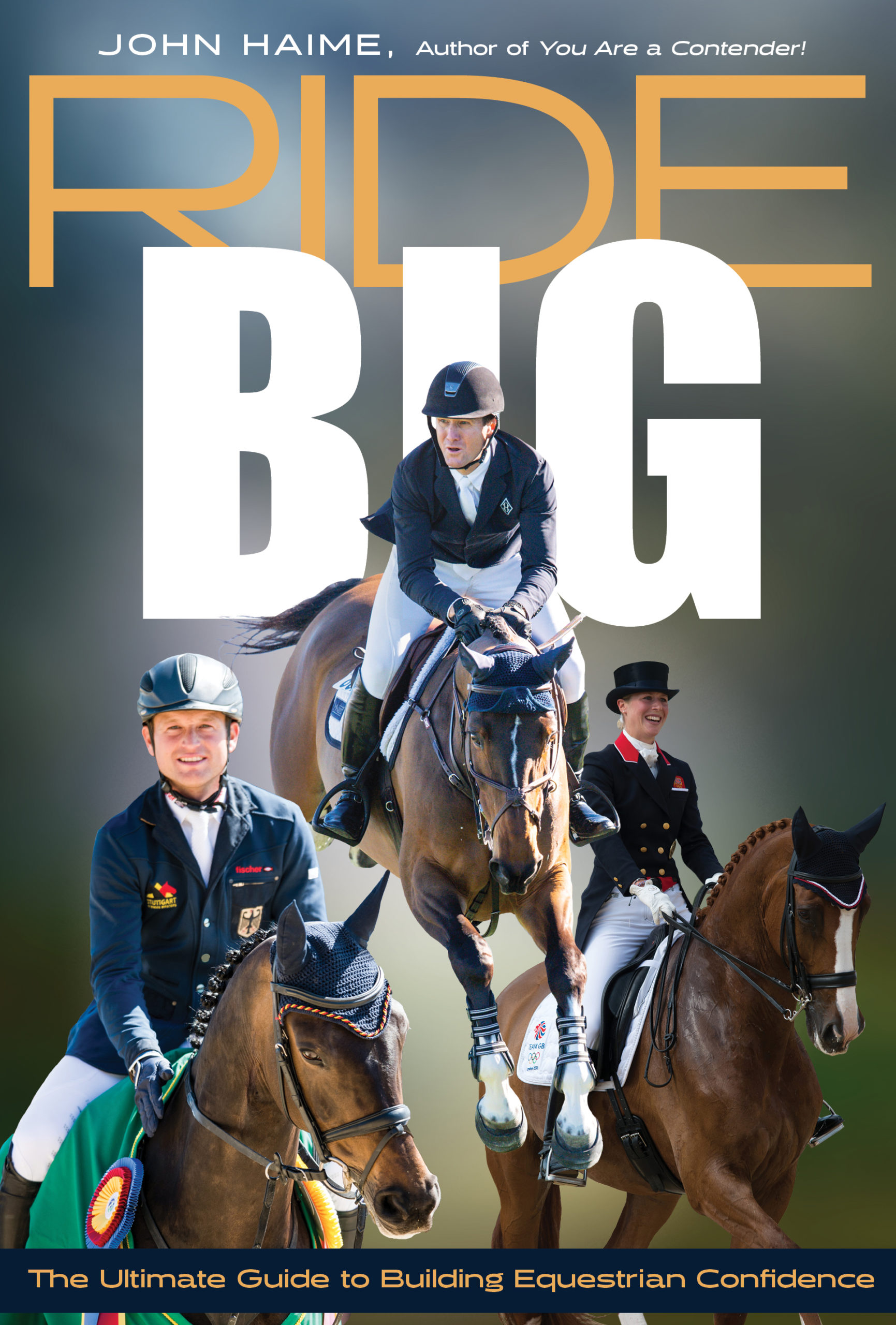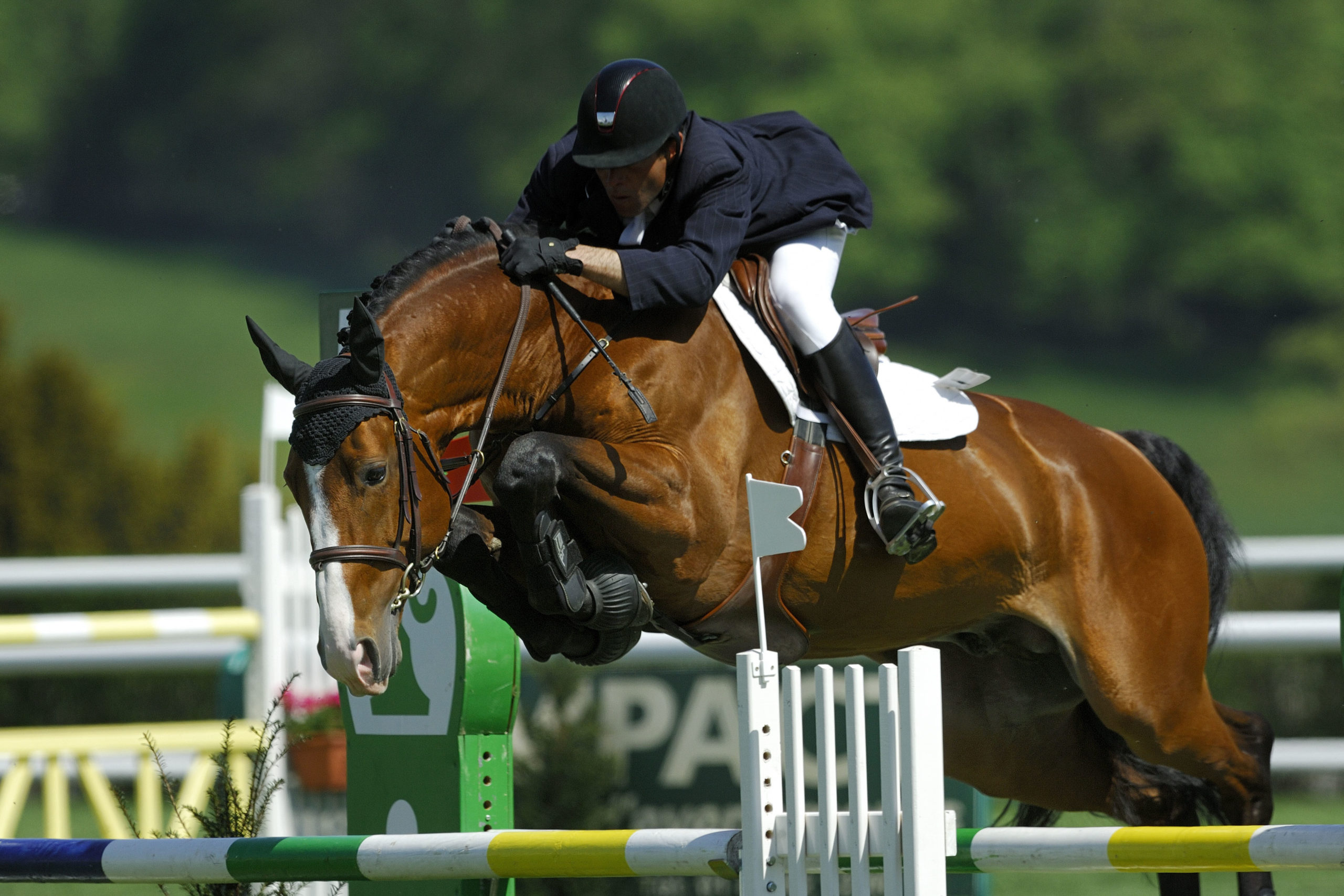In this excerpt from his book Ride Big, pro-athlete performance coach John Haime talks about two aspects of the new media environment and how it can impact your confidence and affect you as a modern equestrian.
Today’s digital environment brings both great advantages and great challenges to the equestrian.
The opportunity to watch classes and polo matches online and see the skill of riders and the beauty of the sport has been a positive development. Equestrian sport enthusiasts can see more of the sport, and riders themselves can follow what’s going on. For professional equestrians, the chance to grow their own brands, and the brands of sponsors, has created opportunities that weren’t available before. And the ability to communicate and connect instantly just makes it easier for the rider to quickly stay in touch with what’s happening on the showgrounds or polo field. Everything is accessible through a powerful portable device. All great benefits.
But beware, that accessibility can also create difficulties.
World-class British eventer Harry Meade recognizes the challenges that immediate access has created. He offered an example of how it impacts riders: “The reality is almost all events are or should be preparation events. You are always learning and testing things leading up to the bigger events,” he says. “There’s a lot of development in this approach, and that’s important for the horses and the rider. ‘The manner in which you do it’ is always more important for longer-term results. But now, since results are so immediate and everywhere, it’s about chasing those results—so a longer-term mentality of development is compromised in favor of short-term results. So, it’s not necessarily about what the horse needs at the time. You lose the benefit of ‘I want the horse to be a better horse.’ The process of going to a horse show and working on something is less common because people fear others seeing their results and recognizing them as a good or bad rider based on those results.
“When I was younger, if you wanted horse results you could get a printout. You paid five pounds, and they sent you a printout by fax machine. But things have changed so much now where results are immediate online, everyone can see them immediately following your performance, so there is a pressure to constantly produce a good result. Results have become much more of a focus.”
How to Avoid the Trap…
Consider taking a longer-term approach, focusing on development for both yourself and your horses. Don’t get too tied to results and the short-term picture.
The modern digital world has fostered a greater emphasis on results. Everyone is going to see your results, so there is a perceived urgency to have good ones. But a focus on results is not beneficial to you in a variety of ways. Yes, your results will be posted. But your focus is your program, your plan, and working toward your vision and what you want to accomplish in the long term.
This digital environment has also created challenges for the equestrian through social media use. While a few people at the show or polo field in the past saw an equestrian’s actual performance live, now everyone can see it—day or night. And, through social media pages and postings, equestrians can present any perception they want of themselves through their chosen platform.
The accomplished professional Canadian show jumper and trainer Beth Underhill sees social media as a potential major influencer in how young riders feel about themselves as riders. “I think young people should be very careful what they post and more importantly, react to,” she says. “We want social media to be a positive part of our social network in our equestrian sport, where we can connect and share, not something that consumes us or makes us feel small.”
Riders will often look at the social media pages of other riders, and what they see may not be the real truth. You’ll normally only see the best moments or results. No mistakes, no poor rounds, and an exaggerated perception of the rider’s abilities. This can make other riders question their own abilities and how well they are doing. As Beth suggests, this can make equestrians feel smaller about their own experience.
Be cautious and remember that what you see on social media is what others want you to see. You most often won’t see the mistakes, the many average rounds, or less-than-desirable results. You will normally see the best rounds, great results, ribbons, and trophies. With your own social media page, have a sense of humor and let others see the great rounds, but also let them see mistakes and the real, authentic picture of your equestrian experience. And be aware that likes and number of followers have nothing to do with your worth as a rider and person.
 This excerpt from Ride Big by John Haime is reprinted with permission from Trafalgar Square Books (www.HorseandRiderBooks.com).
This excerpt from Ride Big by John Haime is reprinted with permission from Trafalgar Square Books (www.HorseandRiderBooks.com).

